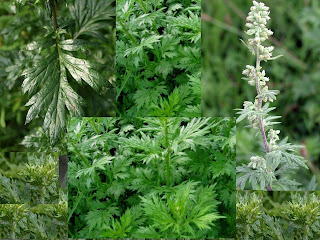Arnica (Arnica chamissionis). Perennial, Zones 5-8. This is the American arnica and it is more tolerant of soil pH than the European species. It is considered just as medicinally active. Traditionally, this herb's pretty yellow flowers are made into oils and salves and applied to bruises to help them heal. When I worked in a health food store, we sold lots of Arnica cream and gel to people who used it for their arthritis and muscle aches. One thing for sure, DO NOT CONSUME THIS HERB OR TAKE INTERNALLY IN ANY FASHION...IT DESTROYS THE LIVER AND OTHER INTERNAL ORGANS. It should only be used externally and only on unbroken skin. The plant needs full sun, acidic soil, water when dry. It can be propagated by seed or root. Do not overwater this plant or situate it in a a poorly drained spot. It doesn't recover easily or well from the root damage. It grows to about 2' when in flower and will spread freely if happy. Harvest blossoms when they are fully open. soil. 100 seeds
Seed does require a cold moist period easily gotten by sowing in the fall or putting in the fridge. Instructions come with the seeds.
Any reference to medicinal uses are either from my experience, what customers tell me, or what I have read and should not be thought to be a diagnosis or prescription. I am not a doctor or pharmacist and a medical professional should be consulted any time herbs are used. Buyer assumes all responsibility for how these seeds or plants are used.
Seed does require a cold moist period easily gotten by sowing in the fall or putting in the fridge. Instructions come with the seeds.
Any reference to medicinal uses are either from my experience, what customers tell me, or what I have read and should not be thought to be a diagnosis or prescription. I am not a doctor or pharmacist and a medical professional should be consulted any time herbs are used. Buyer assumes all responsibility for how these seeds or plants are used.































